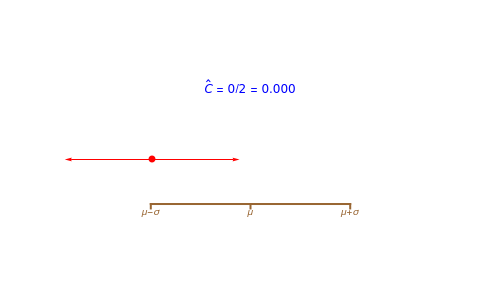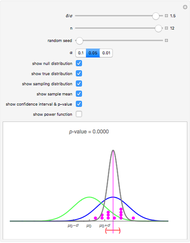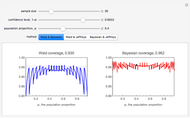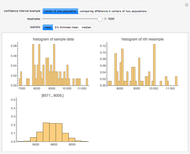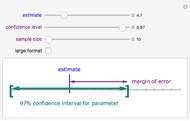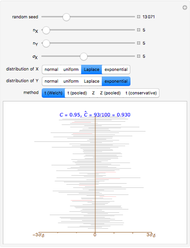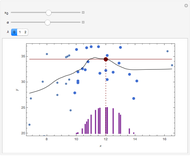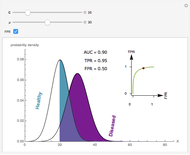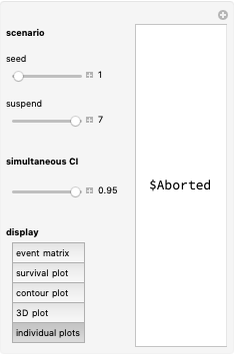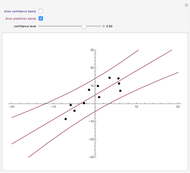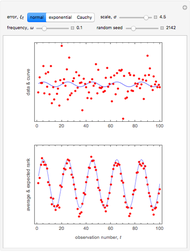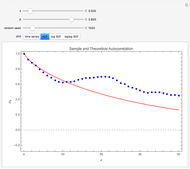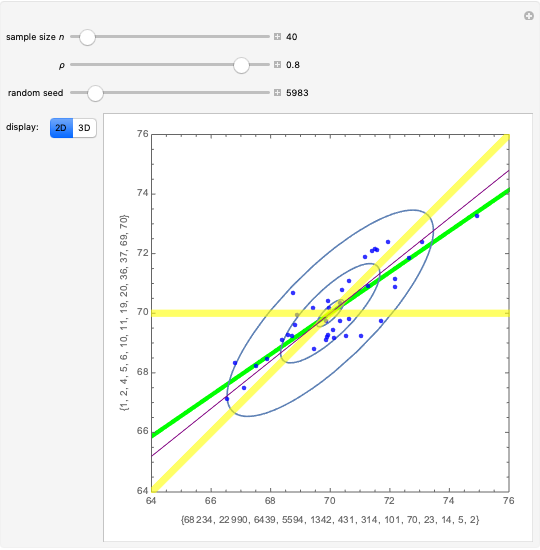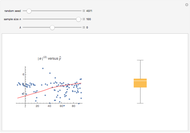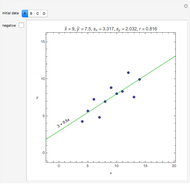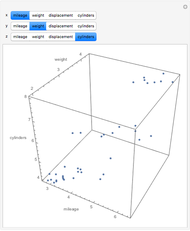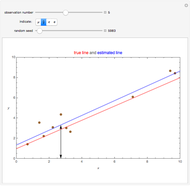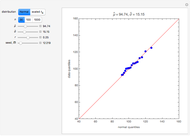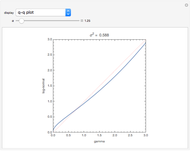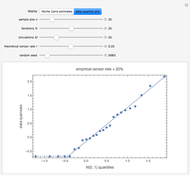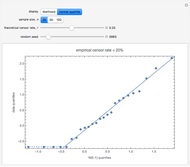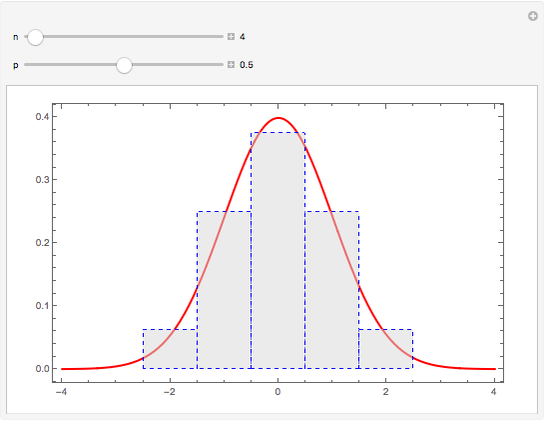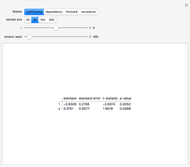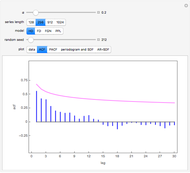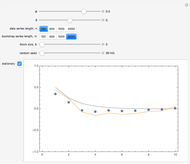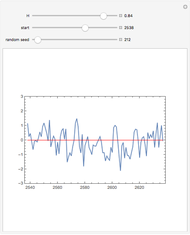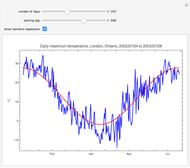How Do Confidence Intervals Work?

Requires a Wolfram Notebook System
Interact on desktop, mobile and cloud with the free Wolfram Player or other Wolfram Language products.
This Demonstration shows the confidence interval,  , for
, for  based on random samples of size
based on random samples of size  from a normal population with mean
from a normal population with mean  and standard deviation
and standard deviation  , where
, where  is the sample mean and
is the sample mean and  is the margin of error for a level
is the margin of error for a level  interval. There are two cases, corresponding to when
interval. There are two cases, corresponding to when  is assumed known, or is not known and is estimated by the standard deviation in the sample. For the known
is assumed known, or is not known and is estimated by the standard deviation in the sample. For the known  case,
case,  , where the critical value
, where the critical value  is determined so that the area to the right of
is determined so that the area to the right of  is
is  . Similarly in the unknown
. Similarly in the unknown  case,
case,  , where
, where  is the sample standard deviation and
is the sample standard deviation and  is the critical value determined from a
is the critical value determined from a  -distribution with
-distribution with  degrees of freedom.
degrees of freedom.
Contributed by: Ian McLeod (March 2011)
Open content licensed under CC BY-NC-SA
Snapshots
Details
If we assume that  , the unknown mean, has a suitable noninformative prior, the confidence interval with level
, the unknown mean, has a suitable noninformative prior, the confidence interval with level  confidence is equivalent to the highest posterior density interval [1] p. 85 and p. 98, and we can make the natural statement that
confidence is equivalent to the highest posterior density interval [1] p. 85 and p. 98, and we can make the natural statement that  .
.
[1] G. E. P. Box and G. C. Tiao, Bayesian Inference in Statistical Analysis, Reading: Addison-Wesley, 1973.
Permanent Citation
